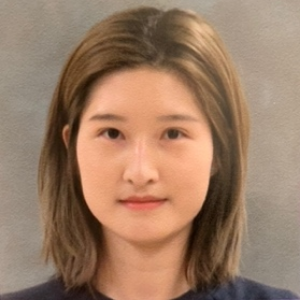Title : Mechanisms of T cell-mediated brain neuronal damage in murine cryptococcus-associated iris
Abstract:
Cryptococcus-associated immune reconstitution inflammatory syndrome (C-IRIS) is a condition that frequently occurs in immunocompromised patients infected with Cryptococcus neoformans (Cn), whose immune systems become overreactive upon reconstitution. Patients contracted with C-IRIS exhibit many central nervous system (CNS) complications, including headache, fever, cranial neuropathy, and visual disturbance, potentially complicating the progression and recovery from this condition. Pulmonary disease has also been reported in patients with C-IRIS, where symptom presentation can include herniation and pulmonary nodules. However, little is understood about its etiology and pathogenesis, making clinical diagnosis and treatment highly inefficient. Previously, we have developed a mouse model of C-IRIS using immunocompromised mice, with intranasal (i.n.) infection of Cn serotype A H99 (CnH99) and intravenous (i.v.) transfer of CD4+ T cells after CnH99 infection. This mouse model showed manifestations of weight loss, high mortality, systemic upregulation of pro-inflammatory cytokines, elevated levels of CD4+ T cells in the lungs, infiltration of CD4+ T cells into the brain, and cerebral edema. Here, utilizing our previously established mouse model of unmasking C-IRIS, we investigated the involvement of the CNS in directing pulmonary dysfunctions, and demonstrate that pulmonary dysfunctions associated with the C-IRIS condition in mice could be attributed to neuronal damage in the nucleus tractus solitarius (NTS), a region located in the hindbrain and known for processing information related to respiration, and neuronal disconnection via upregulated expression of ephrin B3 and semaphorin 6B, axon guidance molecules during development, on CD4+ T cells. Our findings provide unique insight into the mechanism behind pulmonary dysfunctions in C-IRIS and nominate potential therapeutic targets for treatment.
Audience Take Away
- The research uses a mouse model of C-IRIS, a helpful and relevant research model for investigating pathology and mechanisms of cryptococcus-associated immune response
- Equally of interest to neuroscientists and immunologists, this research provides unique insight into the neurogenic control of pulmonary dysfunctions in patients with C-IRIS
- The identification of specific brain areas and molecules may prompt further investigation into their potential as a therapeutic strategy
- This work could potentially benefit both basic scientists investigating the mechanism of IRIS and clinicians treating IRIS patients




